cold hardy olives
CasaLester RTP, NC (7b)
8 years ago
Featured Answer
Sort by:Oldest
Comments (12)
trianglejohn
8 years agoGina Perfetto
6 years agoRelated Professionals
Holly Springs Landscape Architects & Landscape Designers · Carson Landscape Architects & Landscape Designers · Bethel Park Landscape Contractors · Bridgeview Landscape Contractors · Columbine Landscape Contractors · Deerfield Landscape Contractors · Fort Mill Landscape Contractors · Fort Payne Landscape Contractors · Manhattan Landscape Contractors · Oklahoma City Landscape Contractors · Rockville Landscape Contractors · Sammamish Landscape Contractors · Wilsonville Landscape Contractors · Greenfield Landscape Contractors · Maple Heights Landscape ContractorsCasaLester RTP, NC (7b)
6 years agoJosué Walton
4 years agolast modified: 4 years agojoshuapwalton
2 years agoCasaLester RTP, NC (7b)
2 years agodavidrt28 (zone 7)
2 years agolast modified: 2 years agojoshuapwalton
2 years agoCasaLester RTP, NC (7b)
2 years agolast modified: 2 years agojoshuapwalton
2 years ago
Related Stories
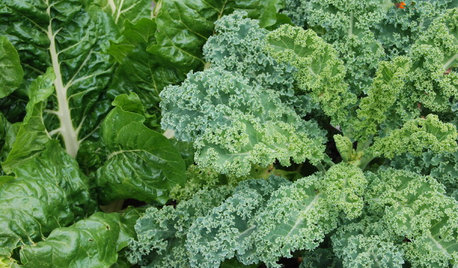
FALL GARDENINGFrost-Hardy Foliage That Loves a Cold-Climate Garden
When winter cuts a bleak swath through other plants, these edibles and perennials flourish brilliantly
Full Story
GARDENING GUIDES10 Cold-Hardy Succulents for Cool-Season Interest
These attractive plants shrug off colder temperatures, and many can be brought inside in containers in extra-chilly climates
Full Story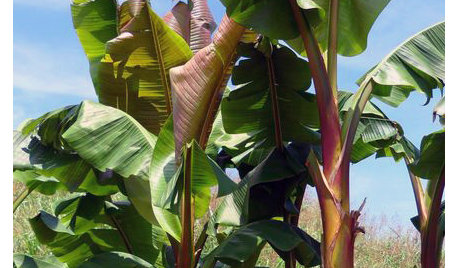
GARDENING AND LANDSCAPINGBring the Tropics to Your Cold-Climate Garden
Delightfully deceptive, these plants combine a durable nature with a tropical look to add a touch of the exotic to cooler landscapes
Full Story
GARDENING GUIDES10 Cold- and Heat-Tolerant Perennials and Shrubs for the Arid West
These flowering native plants shrug off the cold of winter and heat of summer while adding beauty to the drought-tolerant landscape
Full Story
LANDSCAPE DESIGNGreat Design Plant: Retreat to the Shade of Hardy Catalpa
Big foliage and a towering height provide a shady respite in summer, but that's not all hardy catalpa offers dedicated gardeners
Full Story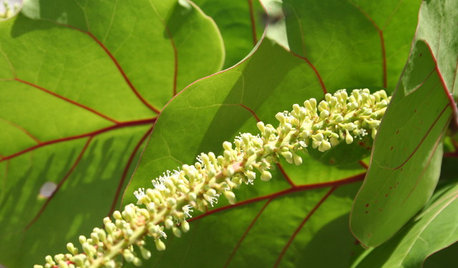
GARDENING GUIDESGreat Design Plant: Sea Grape, a Hardy Coastal Delight
Up to the high-tide line or even indoors, sea grape draws smiles for its looks and cheers for its tenacity
Full Story
HOUZZ TOURSHouzz Tour: Killy and Oliver's Hip Harlem Apartment
Color, Clever Storage and Editing Turns a Tiny Apartment Into a Gem
Full Story
GREENColor Guide: Ode to Olive
8 Reasons to Add This Sophisticated Green to Your Color Cocktail
Full Story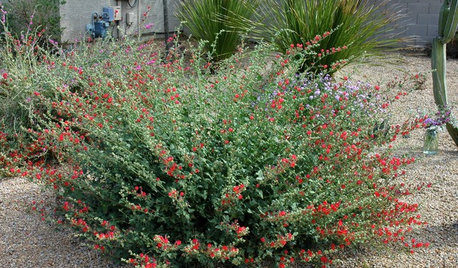
GARDENING GUIDESSouthwest Gardener's February Checklist
Orange you glad for a citrus-fertilizing reminder? And don't forget the recommended doses of vegetable seeds and cold-hardy flowers
Full Story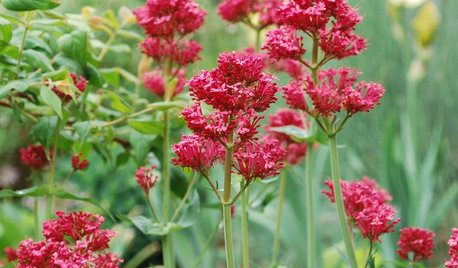
GARDENING GUIDES6 Lovely Water-Wise Perennials for High Altitudes
Even if your climate is cold and dry, you can still celebrate spring with these hardy and colorful perennials
Full Story





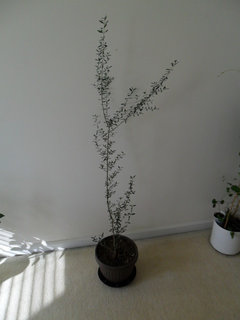
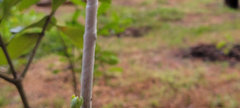
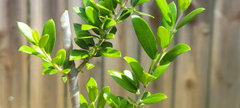
CasaLester RTP, NC (7b)Original Author